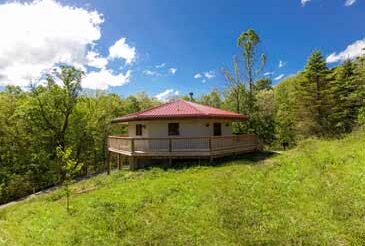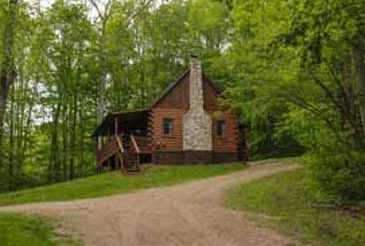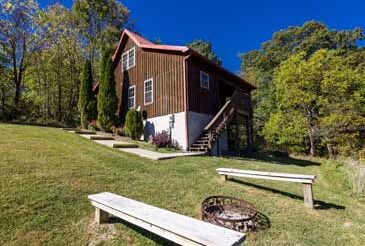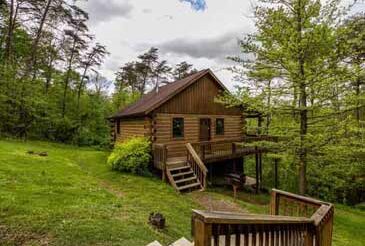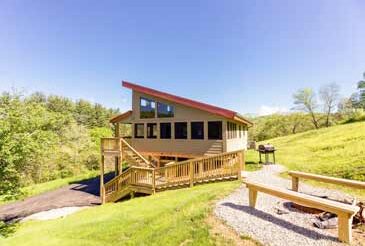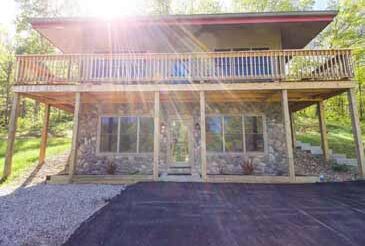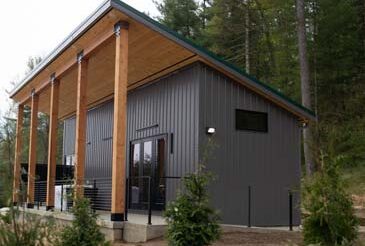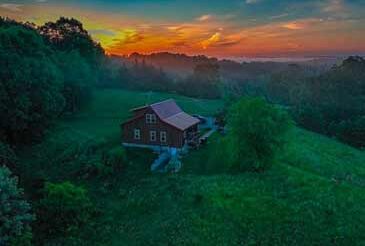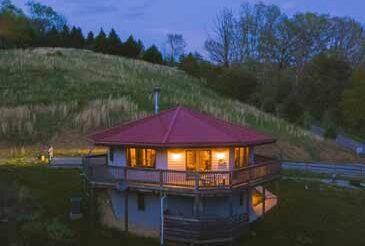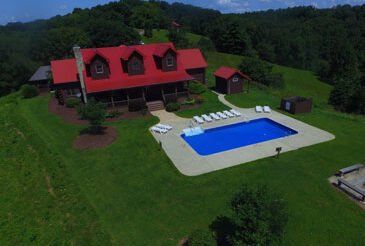Ohio may not sound like a place 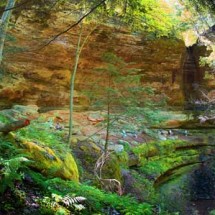 with rich topography given its location in the Midwest. Many think that the 7th most populous state in the United States largely comprises of green fields interspersed with metropolitan areas. This is not the case in reality as Ohio has many wonders of geography. Hocking County in the southeastern Ohio alone has many interesting things to offer. It falls in the Alleghany Plateau and has one of the most stunning rock and cave formations in the US.
with rich topography given its location in the Midwest. Many think that the 7th most populous state in the United States largely comprises of green fields interspersed with metropolitan areas. This is not the case in reality as Ohio has many wonders of geography. Hocking County in the southeastern Ohio alone has many interesting things to offer. It falls in the Alleghany Plateau and has one of the most stunning rock and cave formations in the US.
Cantwell Cliffs are one of the most prominent geographical landmarks of Hocking Hills. The cliffs were formed millions of years ago during the transition from one glacial age to another. The geographical formation largely comprises of the Blackhand sandstone, a unique variety that can be found in copious amounts in the Allegheny Plateau.
Blackhand got its name from a large black handprint that was left by prehistoric Indians and pointing towards flint deposits. There are many theories given for the deposit of rich sandstone structures in such a small valley.
The most popular one says that the area where present day Cantwell Cliffs stand was once a body of water, probably a shallow sea. The change in currents over 300 million years ago brought sand from the mountains that deposited in the Hocking Valley. Further changes in current led to the creation of cross-bedded formation of sandstone.
The sandstone went through many changes over the coming centuries and millenniums. Soft sand and silt poured over the sandstone and compressed it whereas the sea water eventually evaporated. The groundwater interacted with the formation and started penetrating it.
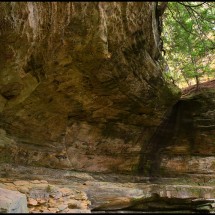 The interaction of iron oxide and other minerals brought major changes to the formation, causing it to erode from inside and out. Cantwell Cliffs got their present shape thousands of years ago though they continue to change today.
The interaction of iron oxide and other minerals brought major changes to the formation, causing it to erode from inside and out. Cantwell Cliffs got their present shape thousands of years ago though they continue to change today.
Water and other elements impact the cross-bedded structure of the cliffs and boulders have fallen from the main cliff, creating narrow passages through which trails lead from one point to another. One explanation for the change in topography is the massive impact of erosion that cut the rock across, causing it to fall from its original place. The main cliffs remain intact though and are a visual delight for nature explorers and geologists.
Stone steps carry one to the top of the cliff and streams and ponds cut through the rock formation. Thick vegetation can be found on some cliff faces while others carry hues of red, indicating the influence of iron oxide.
Cantwell Cliffs are not a geologists’ heaven but a popular tourist spot. You can stay at one of the luxurious cottages or log homes where we will provide you with home-like comfort and all the modern amenities including high-speed Internet and satellite TV.
If you’re looking for a high quality cabin, you’re in the right place! We have some exceptional A-frames, cottages and log cabins. All offer a high quality of fixtures and fittings and would be an ideal base from which to explore everything Hocking Hills has to offer. Contact us to book yours today!
